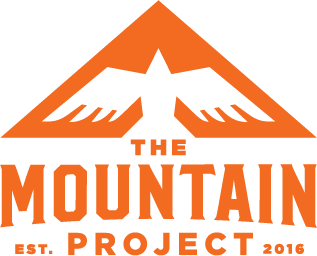RED-S: The Dangers of Energy Deficiency in Sports
Photo: Steven Gnam
With summer in full swing, many of us are embracing the sunshine and increasing our activity in the mountains. As athletes, we push our bodies to their limits, striving for peak performance and success in our chosen sports. We enjoy long days in the mountains or even multi-sport days, like a morning run and afternoon TMP class. While this is awesome, sometimes we overlook our recovery or the proper nutrition essential for fueling our bodies. A lesser known danger that many athletes can overlook is called Relative Energy Deficiency in Sport (RED-S).
What is RED-S?
It’s a syndrome that arises from chronic energy imbalance in athletes, aka expending more energy than we take in or let our bodies recover from. Although it was previously known as the Female Athlete Triad, RED-S can affect both males and females athletes across various sports disciplines.
RED-S can occur when athletes consistently do not consume enough calories to meet the demands of their sport and maintain overall health. However, it goes beyond simply consuming fewer calories than you burn during training. Other risk factors include excessive exercise, disordered eating patterns, psychological stress, and societal pressures to achieve a certain body weight or physique. These factors can disrupt hormone production, metabolic function, and overall body composition.
What are the signs of RED-S?
As a highly active community, it’s important to recognize the signs, not only for our energy and performance but for early detection and avoiding long-term consequences. Here are some common indicators to watch out for:
Decline in athletic performance and endurance.
Frequent injuries, slower recovery, and impaired healing.
Menstrual disturbances or the absence of periods in females.
Decreased bone mineral density and increased risk of stress fractures.
Weakened immune function and heightened susceptibility to illness.
Mental health issues, such as depression, anxiety, or irritability.
Disordered eating patterns or an unhealthy relationship with food.
How do you treat RED-S?
Treatment for RED-S includes stopping training, working on consuming more calories and quality nutrition, and letting the body recover. And as TMP athletes, you all know not being able to exercise in the mountains would be way harder than any workout us trainers make you do at the gym. So, to stay healthy and prevent RED-S, individually and for your friends, there’s a few different strategies to focus on.
Ways to prevent RED-S
Fueling adequately. Ensure you're consuming enough calories to meet your training volume and intensity needs and provide ample macronutrients (carbohydrates, proteins, and fats) for optimal performance and recovery.
Balanced nutrition. Focus on nutrient-dense foods, including lean proteins, whole grains, fruits, vegetables, and healthy fats. Adequate intake of vitamins and minerals, such as calcium and vitamin D, is crucial for bone health.
Timing and composition. Plan your meals and snacks around training sessions to optimize energy availability during exercise. Include a combination of carbohydrates and proteins to support muscle glycogen replenishment and muscle repair.
Rest and recovery. Incorporate rest days into your training schedule - they are important! Prioritize quality sleep and allow your body to recover and adapt to the physical demands of your sport.
Education and support. If you individually or a friend in your training group are struggling or showing indications of RED-S, seek guidance from a health professional, Registered Dietitian (like myself), or doctor. It’s okay to ask for help, and all of us at TMP are here to support your mountain adventures!
Final thoughts from your Mountain Project dietitian:
Enjoy training, competing, and adventuring in the mountains - but remember to fuel yourself, prioritize your well-being, and give your body the rest it needs!
-Rachel

